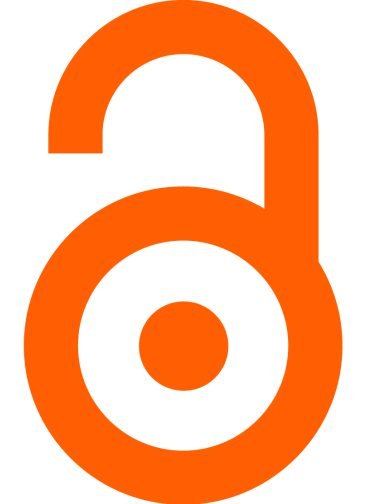Altex Q1
 Unclaimed
Unclaimed
Altex is a journal indexed in SJR in Medicine (miscellaneous) and Pharmacology with an H index of 69. It is an CC BY Journal with a Single blind Peer Review review system, and It has a price of 2000 €. The scope of the journal is focused on in vitro methods, alternatives to animal experiments, toxicology, bioethics. It has an SJR impact factor of 0,982 and it has a best quartile of Q1. It is published in English. It has an SJR impact factor of 0,982.
Type: Journal
Type of Copyright: CC BY
Languages: English
Open Access Policy: Open Access
Type of publications:
Publication frecuency: -
2000 €
Inmediate OANPD
Embargoed OA- €
Non OAMetrics
0,982
SJR Impact factor69
H Index45
Total Docs (Last Year)172
Total Docs (3 years)2236
Total Refs628
Total Cites (3 years)155
Citable Docs (3 years)3.99
Cites/Doc (2 years)49.69
Ref/DocOther journals with similar parameters
MMWR. Morbidity and mortality weekly report Q1
Annual Review of Public Health Q1
Annual Review of Clinical Psychology Q1
Journal of Thoracic Oncology Q1
Lancet Digital Health, The Q1
Compare this journals
Aims and Scope
Best articles by citations
An in vitro method for predicting inhalation toxicity of impregnation spray products_Supplementary file
View moreOpportunities for refinement in neuroscience: Indicators of wellness and post-operative pain in laboratory macaques_suppl
View moreThe impact of precision uncertainty on predictive accuracy metrics of non-animal testing methods
View moreFrom 3Rs to 3D: In vitro alternative models for replacement
View moreThe impact of precision uncertainty on predictive accuracy metrics of non-animal testing methods_suppl
View moreOrganotypic retinal explant cultures as in vitro alternative for diabetic retinopathy studies_suppl
View moreA first vascularized skin equivalent for as an alternative to animal experimentation
View more3-D nasal cultures: Systems toxicological assessment of a candidate modified-risk tobacco product
View moreAlternatives to the use of fetal bovine serum: human platelet lysates as a serum substitute in cell culture media
View moreDevelopmental toxicity of thyroid-active compounds in a zebrafish embryotoxicity test
View moreA critique of the EC's expert (draft) reports on the status of alternatives for cosmetics testing to meet the 2013 deadline
View moreAdvice on avoiding the Valley of Death: insights from a 3Rs model of aversive and emetic compound identification
View moreState of the art on alternative methods to animal testing from an industrial point of view: Ready for regulation?
View moreA human dendritic cell-based in vitro model to assess Mycobacterium tuberculosis SO2 vaccine immunogenicity
View moreA human population-based organotypic in vitro model for cardiotoxicity screening
View moreA human population-based organotypic in vitro model for cardiotoxicity screening_suppl
View moreE-cigarettes and the need and opportunities for alternatives to animal testing
View moreA k-NN algorithm for predicting oral sub-chronic toxicity in the rat - Supplementary Data
View moreSimple and rapid in vitro assay for detecting human thyroid peroxidase disruption
View moreIntegrating adverse outcome pathways (AOPs) and high throughput in vitro assays for better risk evaluations, a study with drug-induced liver injury (DILI)
View moreIntegrating adverse outcome pathways (AOPs) and high throughput in vitro assays for better risk evaluations, a study with drug-induced liver injury (DILI)_suppl
View moreProcurement and ex-situ perfusion of isolated slaughterhouse-derived livers as a model of donors after circulatory death
View moreProcurement and ex-situ perfusion of isolated slaughterhouse-derived livers as a model of donors after circulatory death_suppl
View moreBleeding simulation in embalmed cadavers: bridging the gap between simulation and live surgery
View more



Comments